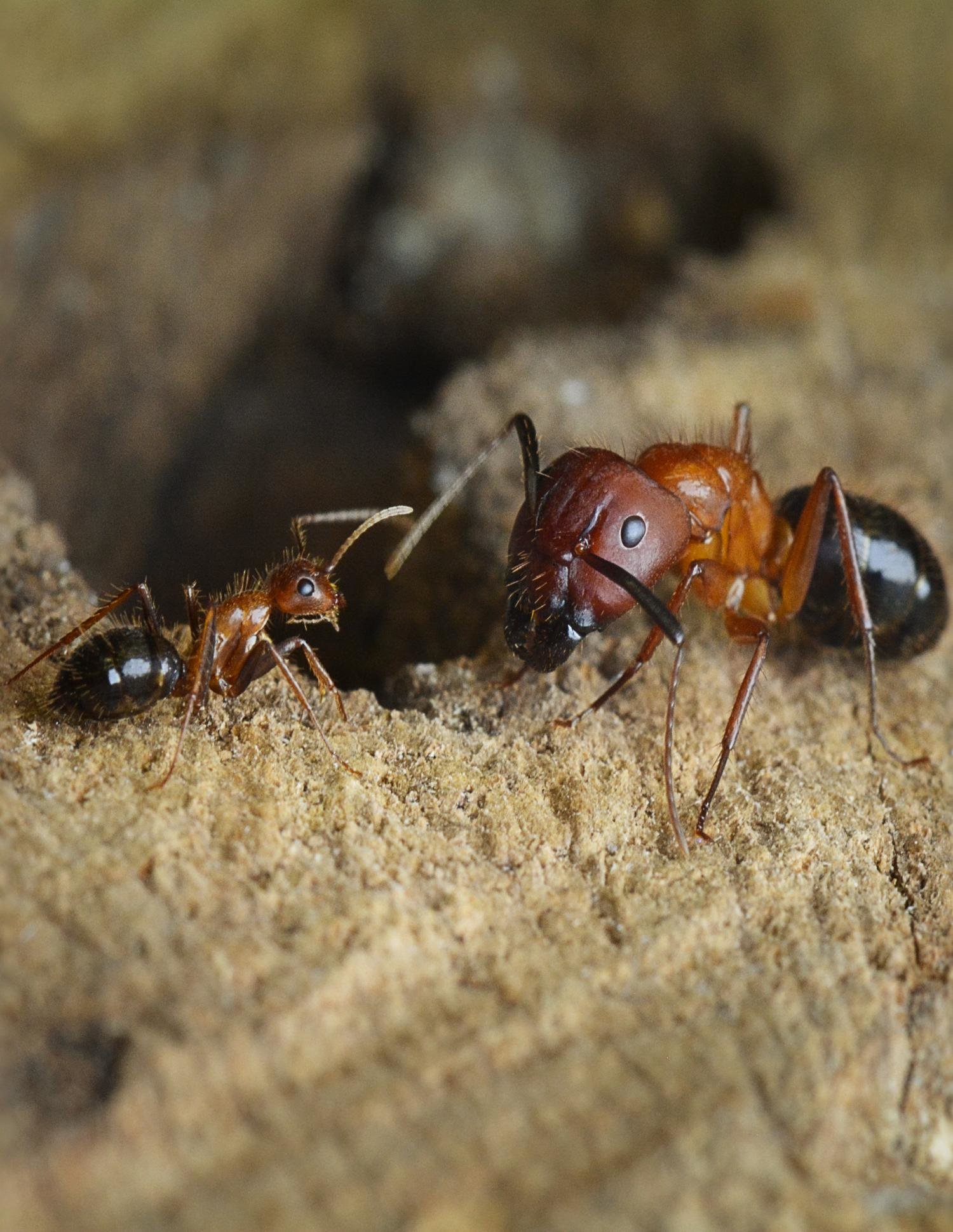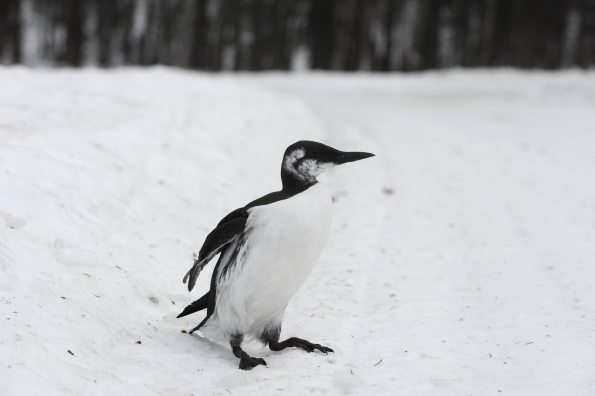
© Shelley Berger, PhD, Perelman School of Medicine, University of PennsylvaniaFlorida carpenter ants, minor caste (left) and major caste, are shown.
In Florida carpenter ant colonies, distinct worker castes called minors and majors exhibit pronounced differences in social behavior throughout their lives. In a new study published today in
Science, a multi-institution team anchored at University of Pennsylvania found that these caste-specific behaviors are not set in stone.
Rather, this pioneering study shows that social behavior can be reprogrammed, indicating that an individual's epigenetic, not genetic, makeup determines behavior in ant colonies.Epigenetics is the study of stable, or persistent, changes in gene expression that occur without changes in DNA sequence. Epigenetic regulation has been observed to affect a variety of distinct traits in animals, including body size, aging, and behavior. However, there is an enormous gap in knowledge about the epigenetic mechanisms that regulate social behavior.
Ants provide ideal models to study social behavior, because each colony is comprised of thousands of individual sisters—famously, the queen and all workers are female—with nearly identical genetic makeup, much like human twins. However, these sisters possess stereotypically distinct physical traits and behaviors based on caste.
In a previous study, the authors created the first genome-wide epigenetic maps in ants. This revealed that epigenetic regulation is key to distinguishing majors as the "brawny" soldiers of carpenter ant colonies, compared to minors, their smaller, "brainier" sisters. Major ants have large heads and powerful mandibles that help to defeat enemies and process and transport large food items. Minor ants are much smaller, outnumber majors two to one, and assume the important responsibility of searching for food and recruiting other ants to help with the harvest. Compared to majors, these foraging minors have genes involved in brain development and neurotransmission that are over expressed.


Comment: Earlier report: Snow Blizzard kills more than 30,000 dairy cows in Texas, New Mexico (number could climb higher)